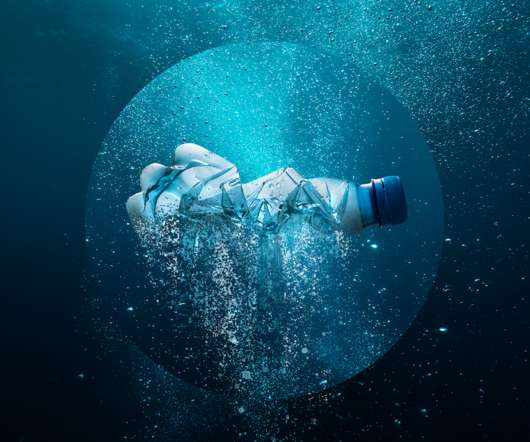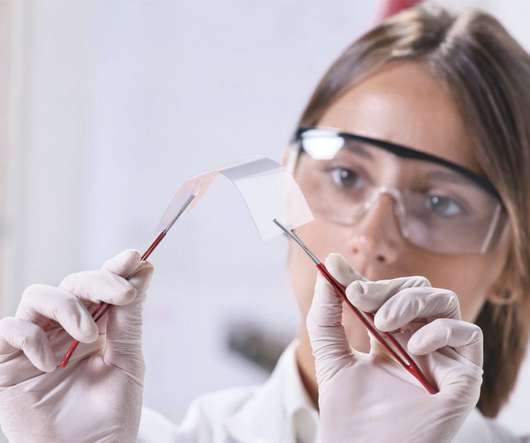All that plastic in the ocean is a climate change problem, too
Grist
OCTOBER 17, 2022
When you think of plastic pollution, you might imagine ocean “ garbage patches ” swirling with tens of millions of plastic bottles and shopping bags. But unfolding alongside the “macroplastic” pollution crisis is another threat caused by much smaller particles: microplastics. It helps the mitigation of climate change.”.






















Let's personalize your content